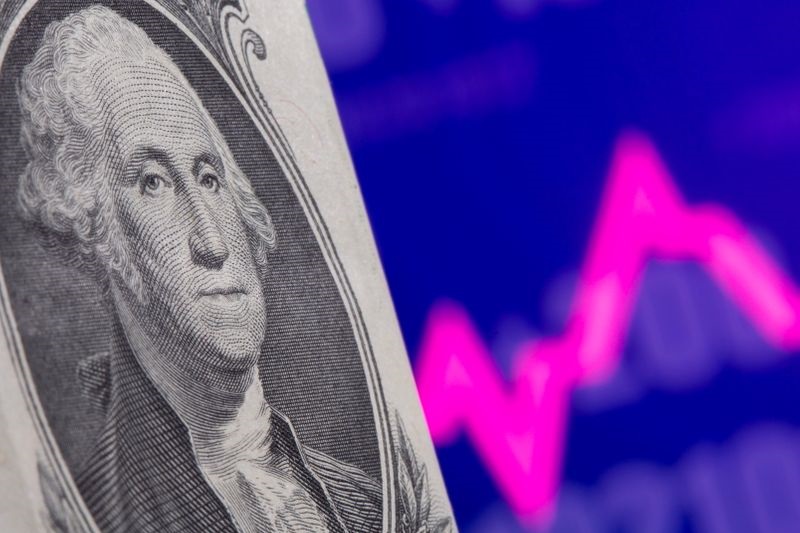Forex
Asia FX weakens, dollar rises as markets await more Fed, rate-cut cues


© Reuters
Investing.com– Most Asian currencies retreated on Tuesday, while the dollar advanced as traders remained largely risk-averse before more cues on when the Federal Reserve could begin cutting interest rates.
Anticipation of key economic readings from China also kept regional markets on edge, while fears of an escalation in the Middle East conflict kept risk appetite dull.
The fell 0.2% and crossed the 146 level to the dollar. Data on Tuesday that showed inflation remained soft in December, coming just a few days before data, which is also expected to show inflation remaining languid.
Softer inflation gives the Bank of Japan less impetus to begin tightening its ultra-dovish policy, which bodes poorly for the yen.
Broader Asian currencies also retreated. The – a key indicator of regional risk appetite- fell 0.5% tracking weakness in commodity prices. Data also showed that Australian worsened in early-January, amid concerns over high interest rates and inflation.
The slid 0.7% as data showed a sustained reduction in and prices. The lost 0.1% after data on Monday showed inflation grew less than expected in December.
The slid 0.6%, amid increased volatility after the incumbent Democratic Progressive Party secured a third consecutive term in the recent Presidential elections. But the move is expected to invite more ire from China.
Dollar strengthens before econ. data, Fed comments
The and rose 0.5% and 0.3%, respectively, in Asian trade on Tuesday. The dollar index was also trading at a small premium to futures, indicating increased near-term demand for the greenback.
Traders were now awaiting more cues on the Fed and the U.S. economy, with set to speak later on Tuesday.
On Wednesday, U.S. and readings are set to offer more cues on the world’s largest economy, with any signs of cooling lending more credence to bets on early interest rate cuts.
But markets appeared to have slightly trimmed bets that the Fed will begin cutting rates by as soon as March 2024, according to the .
Chinese yuan slips, Q4 GDP awaited
The fell 0.2% to an over one-month low against the dollar, as traders remained largely averse to Chinese assets amid continued concerns over an economic recovery.
Focus was now squarely on fourth-quarter data, due on Wednesday, for more cues on the economy. GDP is expected to have slightly surpassed the government’s 5% annual target for 2023.
But the higher reading is likely to be driven by a lower base for comparison from 2022, as the Chinese economy struggled with reemerging from three years of COVID lockdowns.
The yuan was among the worst-performing Asian currencies in 2023, as a post-COVID economic rebound failed to materialize.
Chinese and figures for December are also due on Wednesday.
Upgrade your investing with our groundbreaking, AI-powered InvestingPro+ stock picks. Use coupon INVSPRO2024 to avail a limited time discount on our Pro and Pro+ subscription plans. Click here to know more, and don’t forget to use the discount code when checking out!

 Forex3 years ago
Forex3 years agoForex Today: the dollar is gaining strength amid gloomy sentiment at the start of the Fed’s week

 Forex3 years ago
Forex3 years agoUnbiased review of Pocket Option broker

 Forex3 years ago
Forex3 years agoDollar to pound sterling exchange rate today: Pound plummeted to its lowest since 1985

 Forex3 years ago
Forex3 years agoHow is the Australian dollar doing today?

 Cryptocurrency3 years ago
Cryptocurrency3 years agoWhat happened in the crypto market – current events today

 World3 years ago
World3 years agoWhy are modern video games an art form?

 Commodities3 years ago
Commodities3 years agoCopper continues to fall in price on expectations of lower demand in China

 Economy3 years ago
Economy3 years agoCrude oil tankers double in price due to EU anti-Russian sanctions





















